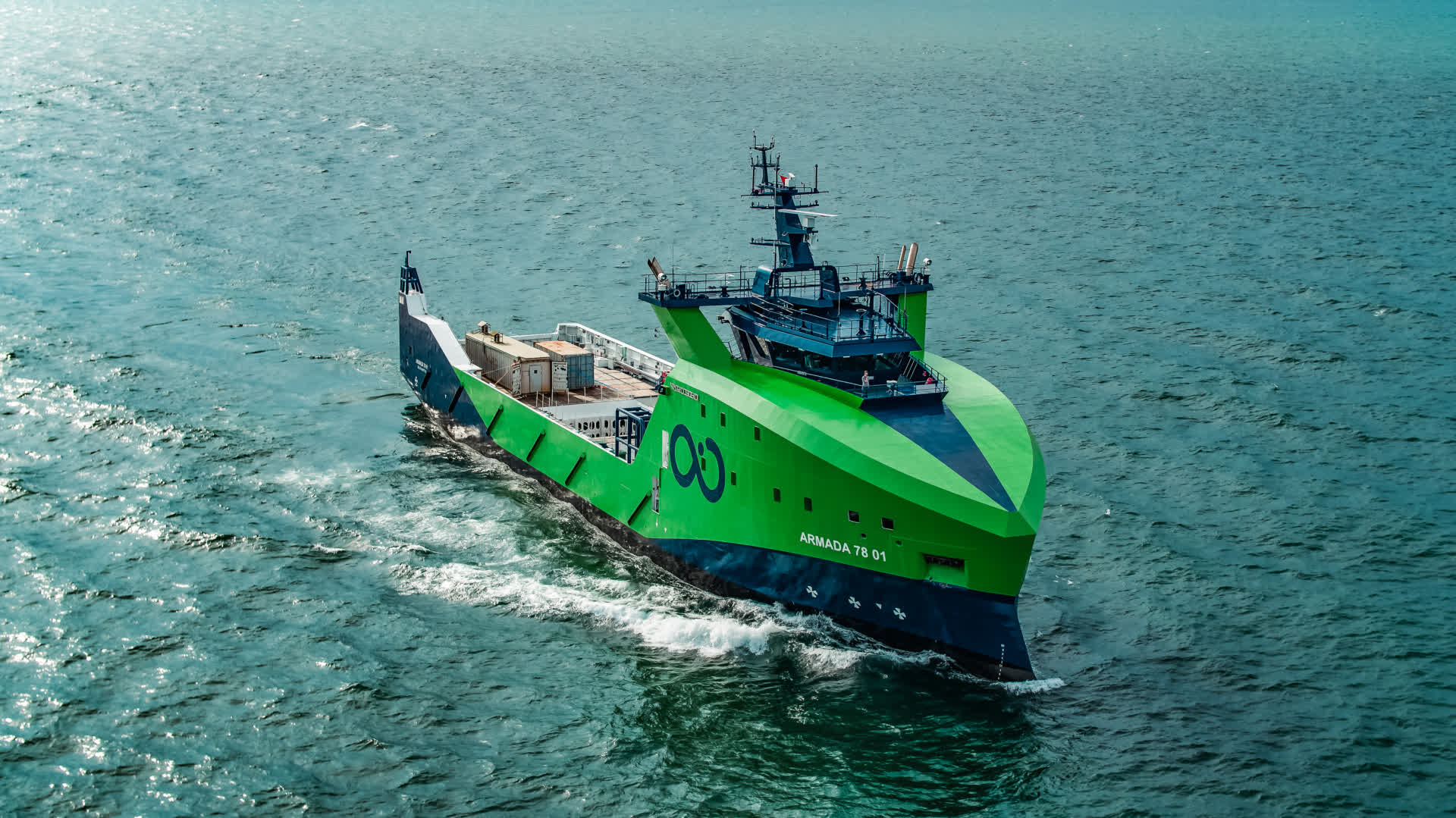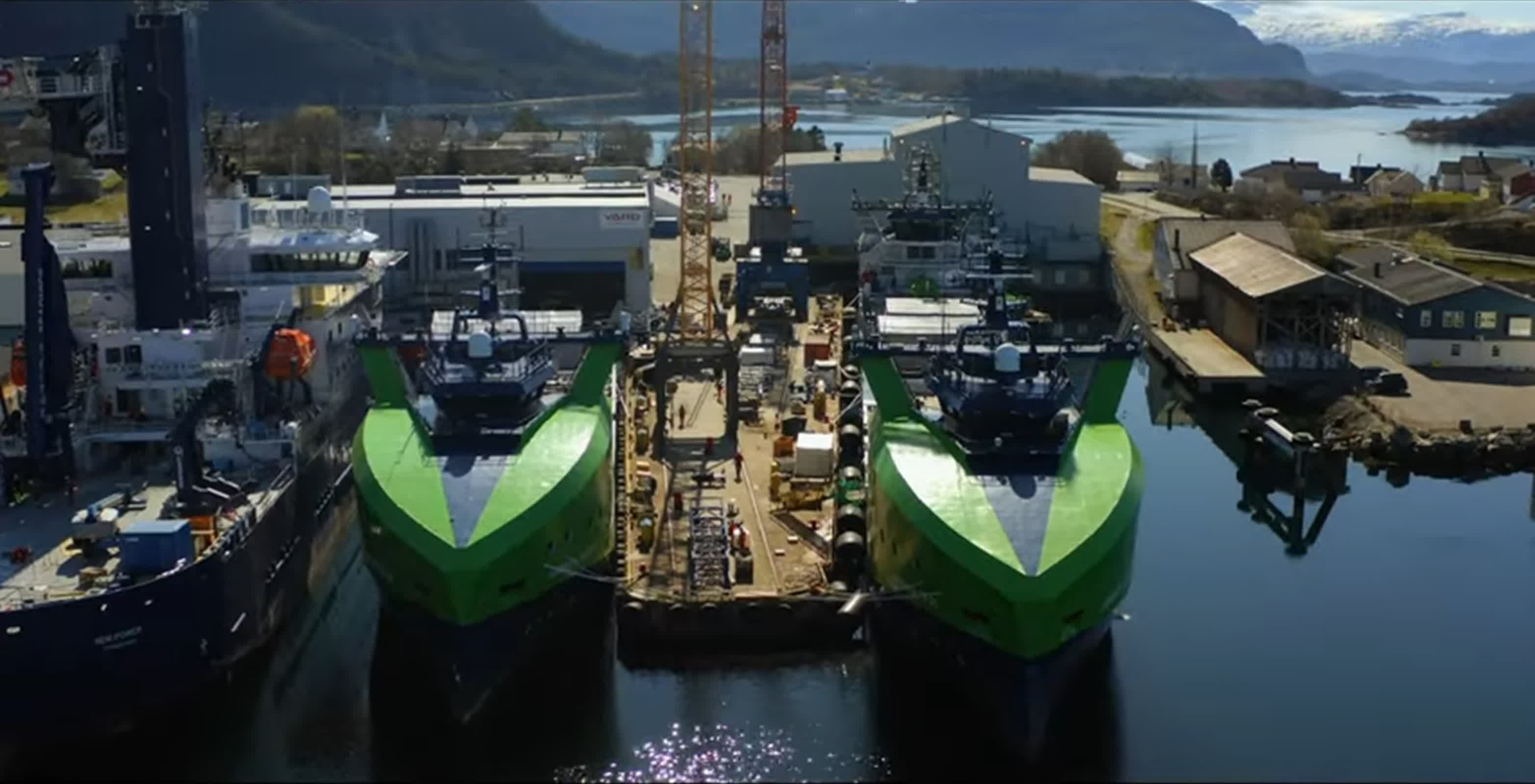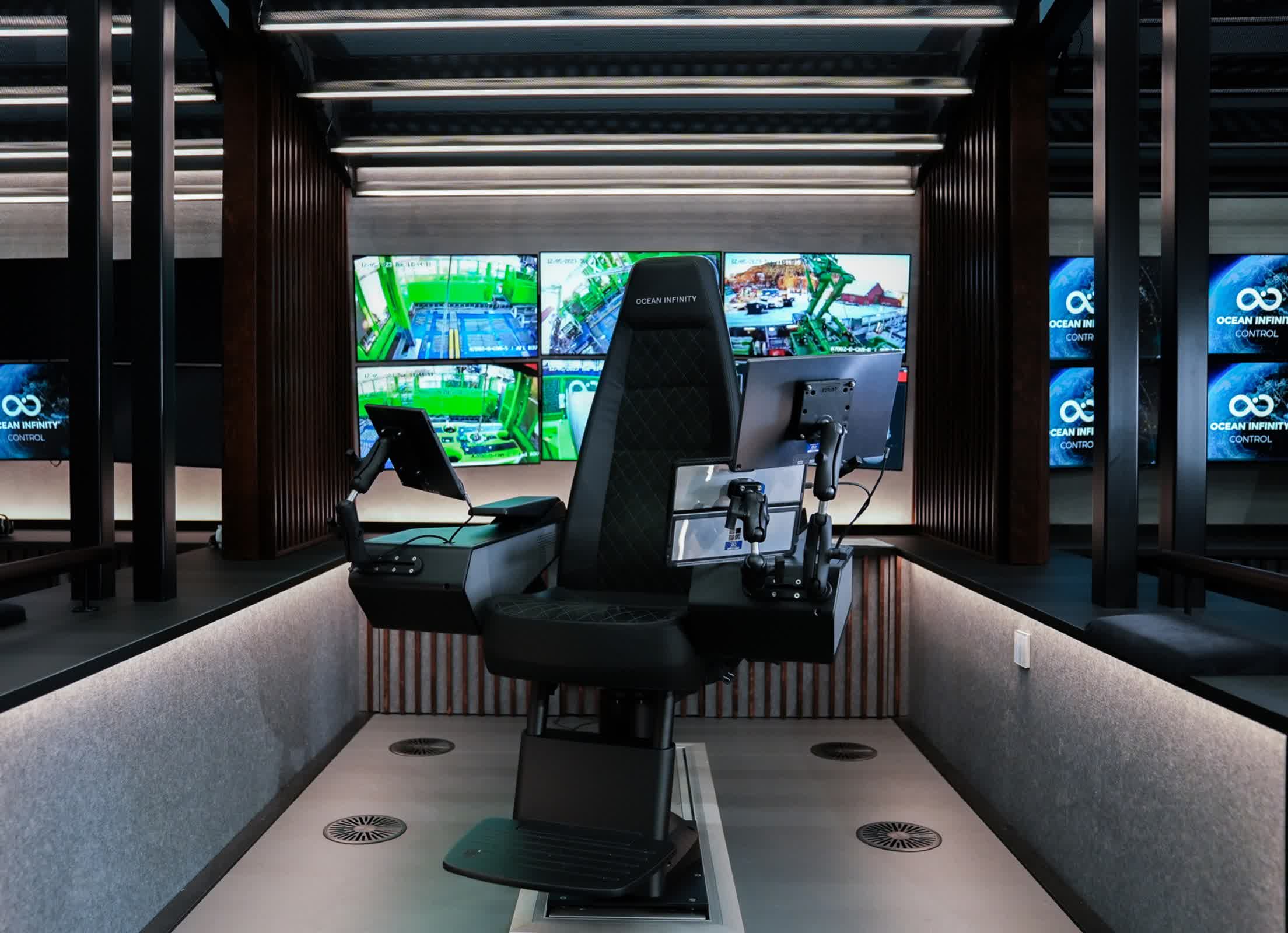Why it matters: Remote-controlled and robotic boats can serve many functions, from pre-installation investigations for a global subsea cable network to seabed surveys for offshore wind farm operators. However, the timeline for entirely autonomous ships remains unclear as engineers continue to tackle challenges like bad weather or interactions with other traffic.

One day soon, off Australia's vast coastline, custom-built ships will plow the waters, collecting seabed data for the government. An operations center on the Australian island of Tasmania will collect and process the data. Maritime robotics company Ocean Infinity is in charge of seeing through this vision.
Headquartered in Austin, Texas, and the UK's Southampton, Ocean Infinity plans to deliver hydrography services for the Australian government as sustainably as possible. The company boasts that in a recent data project for the government, its robotic vessels collected 58% of the total data but contributed just 4% of the total fuel CO2 emissions.
Those vessels will be the first in the company's fleet of 36m Armada ships developed for large-scale hydrography and similar work. The operations center in Tasmania is part of the company's global rollout of data centers, with some already running in the UK and Sweden. The company has others planned for Singapore and an additional undisclosed Asian location. The centers employ teams of mariners and data acquisition specialists who essentially operate the robotic ships and their payload systems.
Ocean Infinity employs more than 500 technology and data specialists around the world. This group includes uncrewed vessel operators, ROV pilots, AUV operators, robotics engineers, payload specialists, data processors, surveyors, oceanographers, and hydrographers. It provides services ranging from low-emission seabed data acquisition to geotechnical sampling services in various industries, including telecom, energy, and scientific research. For example, Ocean Infinity has a vessel located off the coast of Norway, positioned to survey the seabed for offshore wind farm operators and check underwater infrastructure for the oil and gas industry.
The lime-green ships are about 255 feet long but only require a staff of about 16 people to operate. Compare that to the 40 or 50 required for a conventional vessel of similar size and objectives. The company's development is proceeding rapidly. Ocean Infinity believes it can pare down the number of humans required on its ships even further as it continues to automate operations with an extensive array of high-tech cameras, microphones, radar, and satellite communications.
The backbone of its global operation is its fleet management system. This digital environment integrates the individual platform control systems, navigation, and data to provide a comprehensive view of the remote operations at sea, but how quickly remote ships can revolutionize the shipping industry remains to be seen.
Rudy Negenborn, who researches autonomous shipping at Delft University of Technology, told BBC News that the real "challenges come when interacting with other traffic or a port, or when there are unforeseen situations or bad weather" situations. Still, he remains convinced robotic ships are the way of the future.
"In the end, this is going to lead to safer, more efficient and more sustainable transport over water. I'm sure about that," Negenborn said.
https://www.techspot.com/news/102218-more-robotic-vessels-putting-sea-all-manner-reasons.html

